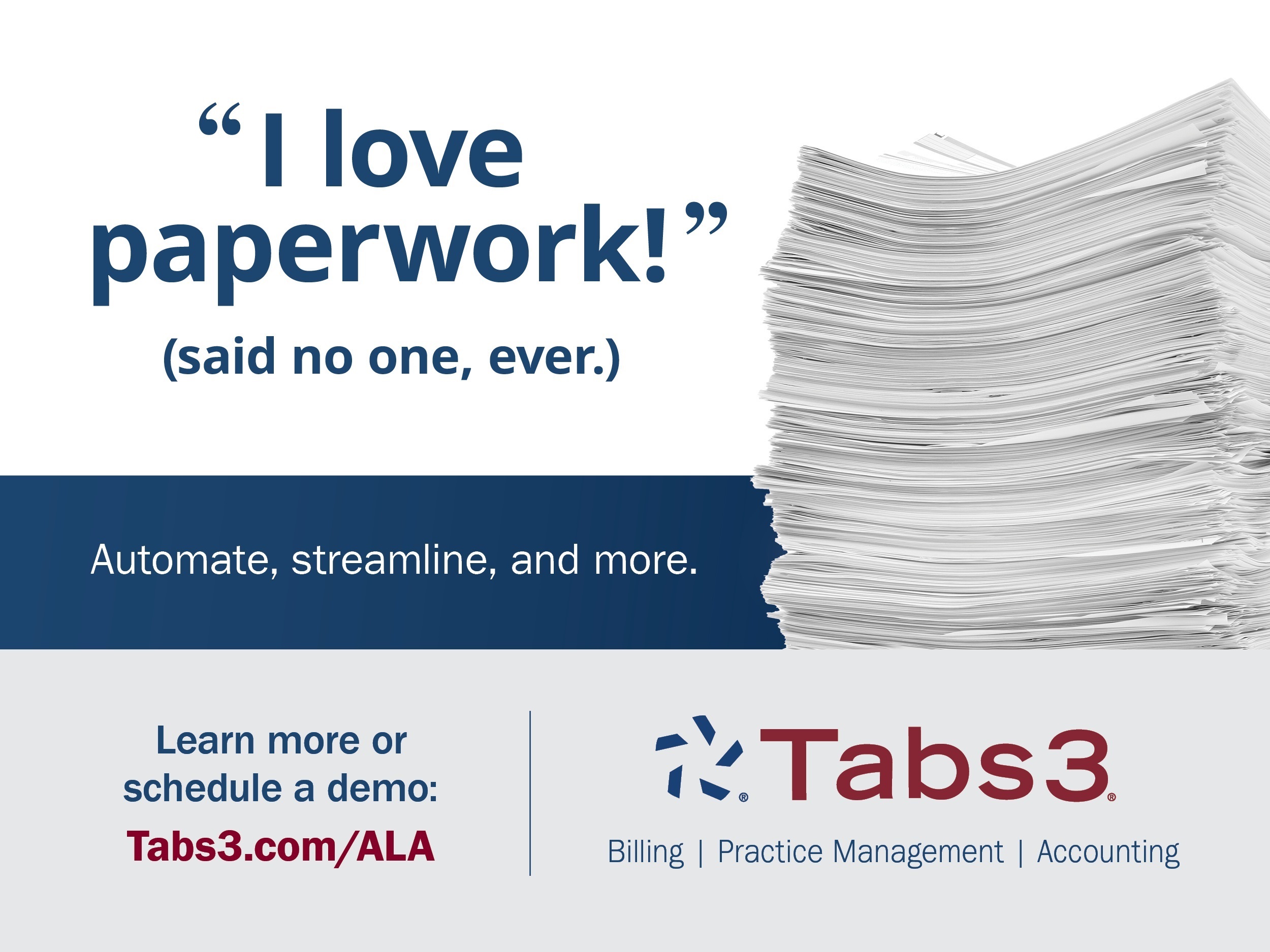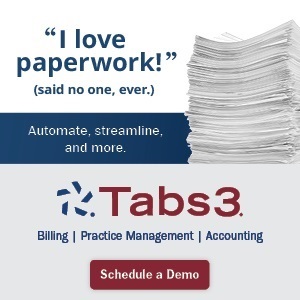An outage at a cloud provider can be caused by different sources, including loss of power, connectivity issues, maintenance and even software bugs — all similar to the problems for internal data centers. Usually, however, cloud providers have added redundant capabilities that are not available in traditional data centers. Cloud providers rely on infrastructure, network and system design to keep their services running.
If public cloud providers have an outage, any service that relies on them will be unavailable. Many software as a service (SaaS) offerings, such as Salesforce, Facebook, QuickBooks, Microsoft 365 and others, use the public cloud. These SaaS providers supply the software and need the public cloud to function to supply the law firm with access.
Public cloud providers, including big names like Amazon Web Services and other platform as a service (PaaS) providers, are the foundation for many SaaS offerings. Thus, when a PaaS goes down, it impacts many SaaS platforms. Additionally, a behind-the-scenes service that helps accelerate network traffic to the various providers can experience downtime. An outage of these services will greatly slow performance. While the cloud provider may still be running, your SaaS’s particular network layer may be affected, making it seem like the entire provider environment is down.
Cloud providers are so interconnected — as is the internet itself — that one outage can cascade and impact other services.
DAMAGES CREATED BY CLOUD OUTAGES
Generally, a cloud outage can affect business functions for an extended period, resulting in loss of productivity. At the most extreme, data can be lost if data recovery mechanisms are not configured properly. During an outage, emails will not be sent but will usually queue up and deliver when the service comes back online. Likewise, if your law firm uses cloud telephony services, phone connectivity may be affected and make it impossible for clients to contact your firm. The above alone or in combination leads to unhappy workers, dissatisfied clients and the possibility of lost revenue.
Cloud outages happen daily, but fortunately, most of the time the impact is relatively limited. The providers know where most of their users are located and will engineer these locations to be as robust as possible. Good cloud providers supply status pages for service interruptions and often offer a document analyzing the root cause of the outage. Thus, design of the applications, networking and infrastructure are key to mitigating outages.
HOW TO PREPARE AND REDUCE CLOUD OUTAGE IMPACTS
It’s important to have superior design of your systems upfront, including a proper mix of complementary cloud services that cover each other. For example, if Microsoft Office 365 is unavailable for email, having Outlook set up with cached mode helps mitigate email disruption. Adding a secondary service such as Mimecast, which handles email filtering/archiving, allows those users to continue to access their email and reply to clients directly during the outage.
Putting all services in one bucket is extremely risky. Making sure the key business communications have a primary and secondary medium available is key for the organization. If email is unavailable, then having SMS/mobile phone contacts in the employee phones can help mitigate internal communication challenges.
“No single law firm can prevent a PaaS or SaaS outage, but a firm’s technology infrastructure design is critical to reducing the adverse effects.”
While no single law firm can prevent a PaaS or SaaS outage, a firm’s technology infrastructure design is critical to reducing the adverse effects. Understanding where your outages occur and performing root cause analyses after any outage are important to minimize the impact future outages have on your firm.
To ensure rapid recovery from outages, review your service level agreements from your suppliers. Often, contracts include service level agreements with acceptable outage time, along with remediation that a law firm can use to offset costs incurred because of the outage.
After any outage, reassess the design of your critical systems to figure out where systems can be made more redundant. Frequently in the cloud/hybrid environment many law firms run today, there is a way to add redundancies to limit the impact of outages. For example, your primary office site may only have one internet connection. If that goes offline, then cloud resources are unavailable. Building in redundant internet links with SD-WANs or having a policy to send people home to work remotely can mitigate the disruption.


